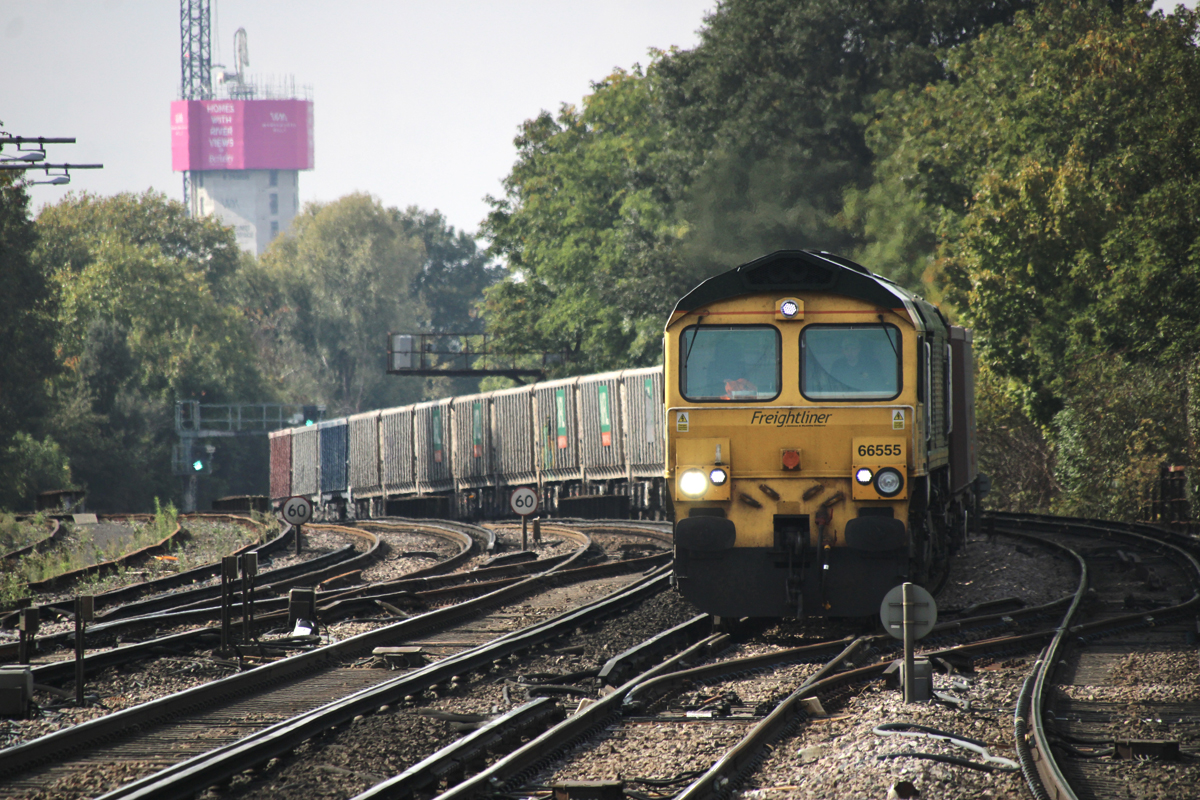
BROOKFIELD, Wis. — It wasn’t the trip I wanted. Or planned.
But you don’t always get to choose your experiences. And while I’m still tremendously disappointed to have missed the Trains/Special Interest Tours UK Celebration of Steam event — with its four steam excursions and visits to three notable rail museums — I’m trying to focus on what I did manage to do during my first visit to the United Kingdom, even with the hole that was blown in my agenda by five days of self-quarantining with COVID.
A decent chunk of what I’ll remember was not rail related: a few historic sites in London, a decent amount of walking around the city, a couple of soccer games, and a West End play (“Stereophonic,” which I highly recommend although, as an editor, I think it would be even better with 15 to 20 minutes trimmed).
But, before the virus struck, I did manage to do the groundwork for two features I think Trains readers will enjoy: one on the Caledonian Sleeper, the London-to-Scotland overnight train that is one of just two such operations in the UK, and the other on the Elizabeth Line, the transformative transit project that opened in full three years ago and is now carrying 800,000 passengers a day. (Just before I arrived, it surpassed the 1 million mark for one-day ridership during a week-long Tube strike I am thankful to have missed. The Elizabeth Line promotes the capacity of its nine-car Alstom trainsets as 1,500; at least once during the strike, a train carried more than 1,600 people, which one official told me equated to four passengers per square meter. Everyone agreed that would not be pleasant — but it was still preferable to not being able to get around.)
And, both before and after that hotel house arrest, I did manage a limited amount of railfanning. The need for photos to go with the Elizabeth Line story meant a big emphasis was on that operation — particularly the above-ground portions it shares with other rail operations. But I also had an extensive tour of the city’s rail system thanks to James Abbott, the semi-retired editor of Modern Railways; rode the UK’s longest heritage railway, the West Somerset, with our European correspondent Keith Fender; and paid a visit to Clapham Junction, the UK’s busiest station, among other things.
You can get just about anywhere in the city by rail. The map below shows, to the best of my recollection, where I went. The system isn’t cheap, but it is easy: Everything shown on that map — Underground, Overground, light rail, and portions of the intercity network — is all tap-to-pay, and you can do it with any credit card with a chip. (There’s a daily cap on how much you can be charged, so at some point, the travel becomes free.)
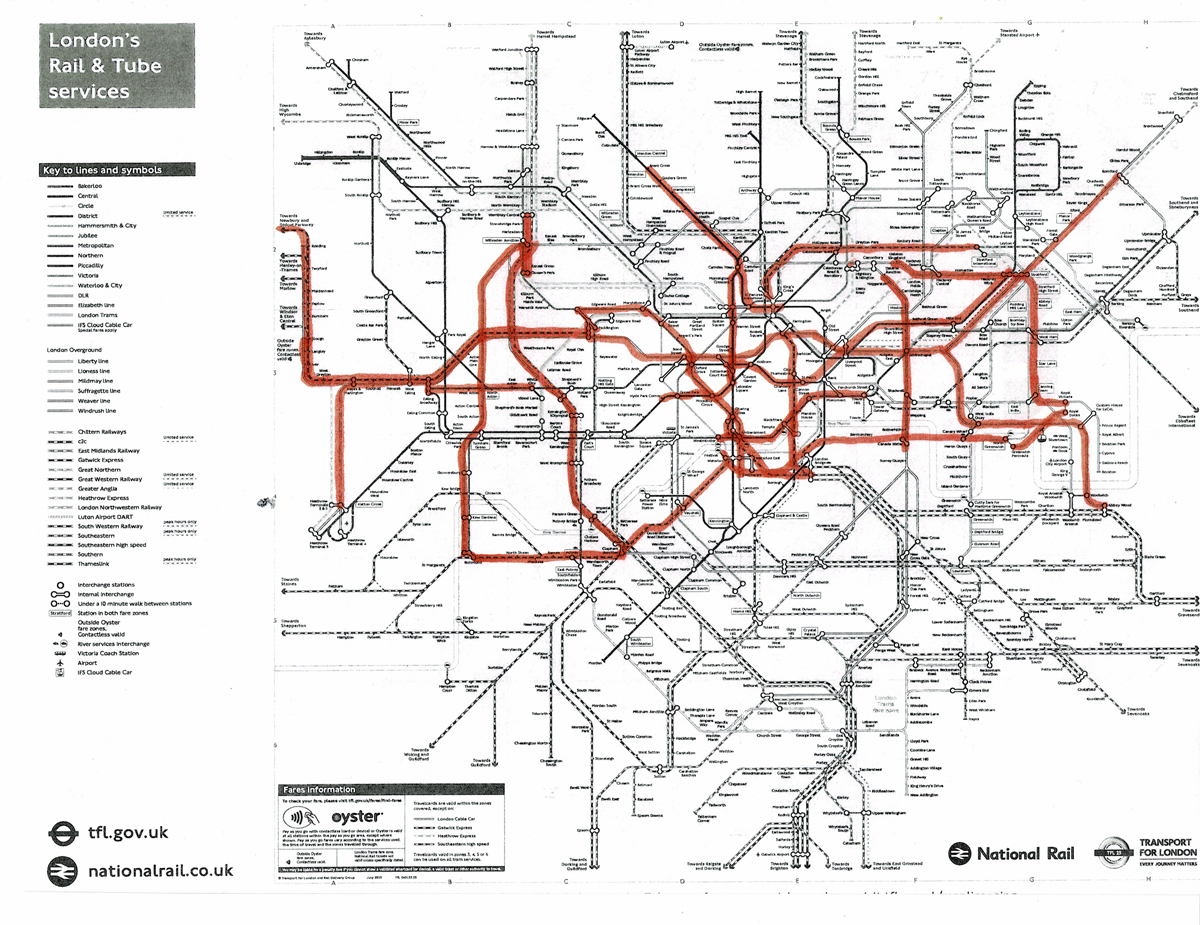
So I didn’t get to do a lot of what I went to do, and I certainly only scratched the surface in terms of seeing London. But I did have some good experiences, and I suspect in time I’ll focus more on those and less on the disappointment of not taking part in the tour.
My apologies to both the people at Special Interest Tours — who, based on prior experience, probably would have welcomed my assistance in helping with the group from time to time — and to the 22 paying tour members who expected a “special guest” from the magazine. I had a chance to talk with a few of them at our first-night dinner (when I still thought I just had a cold) and it seemed like a good group, with several veterans of prior tours. For all of them, I hope your trip was terrific. And that you’ll join us again on a future tour, — and that I’ll actually be able to take part next time.
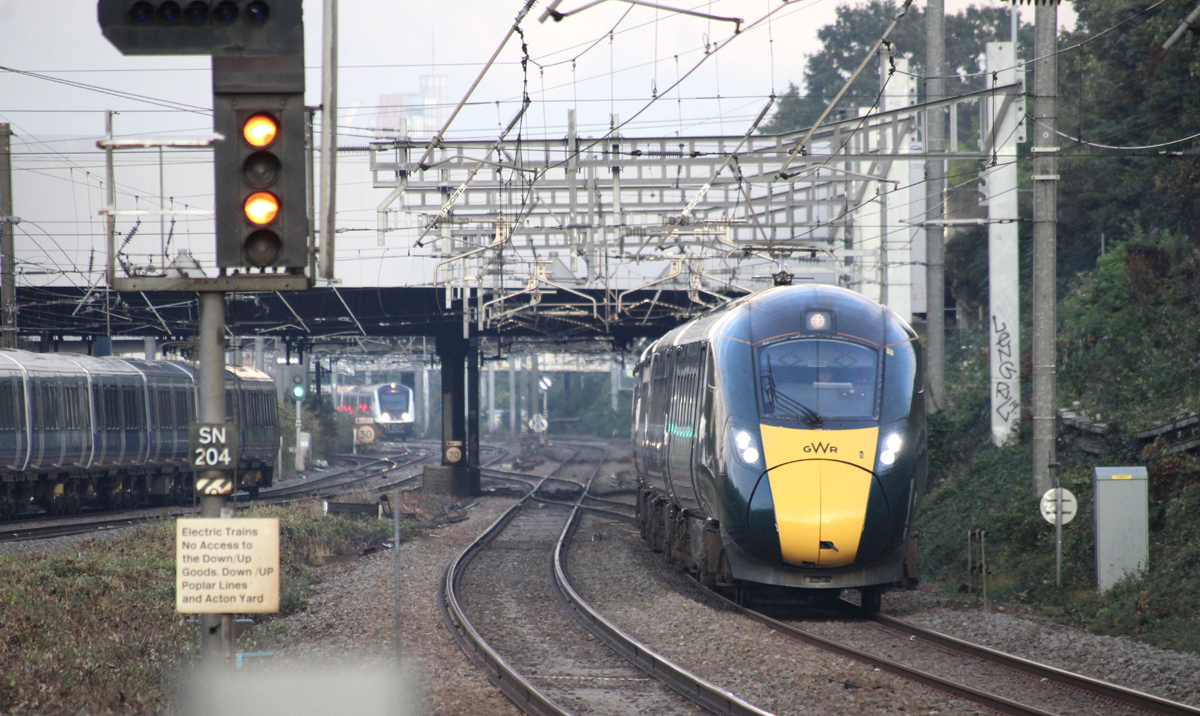






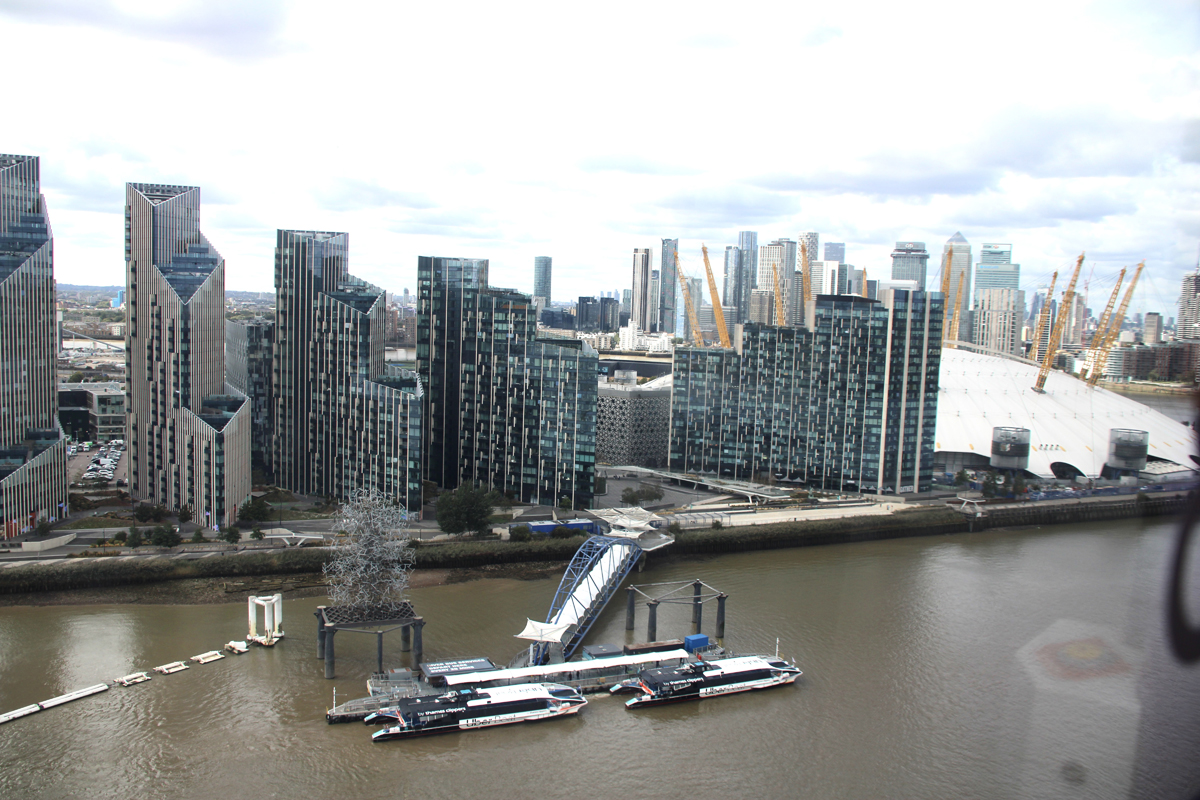
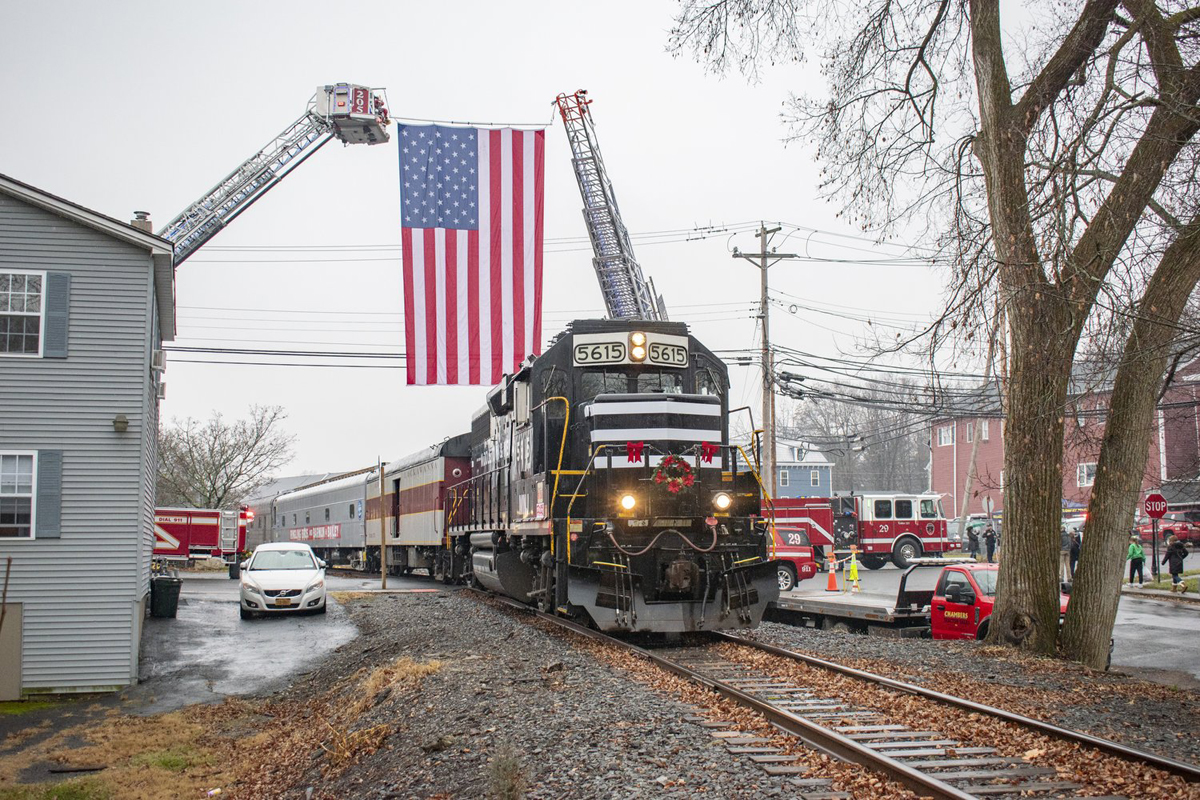
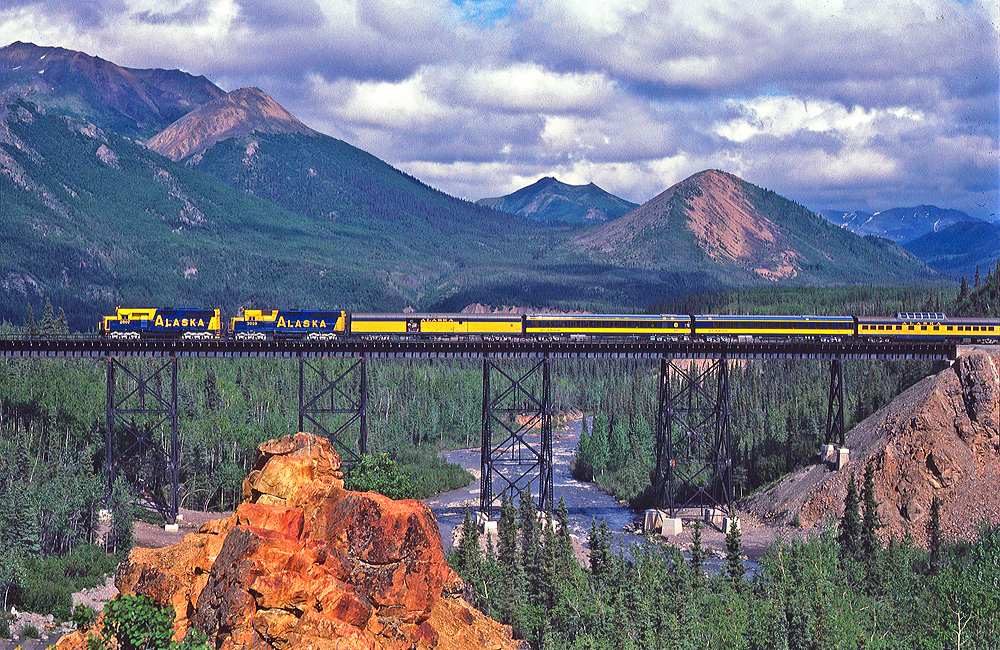
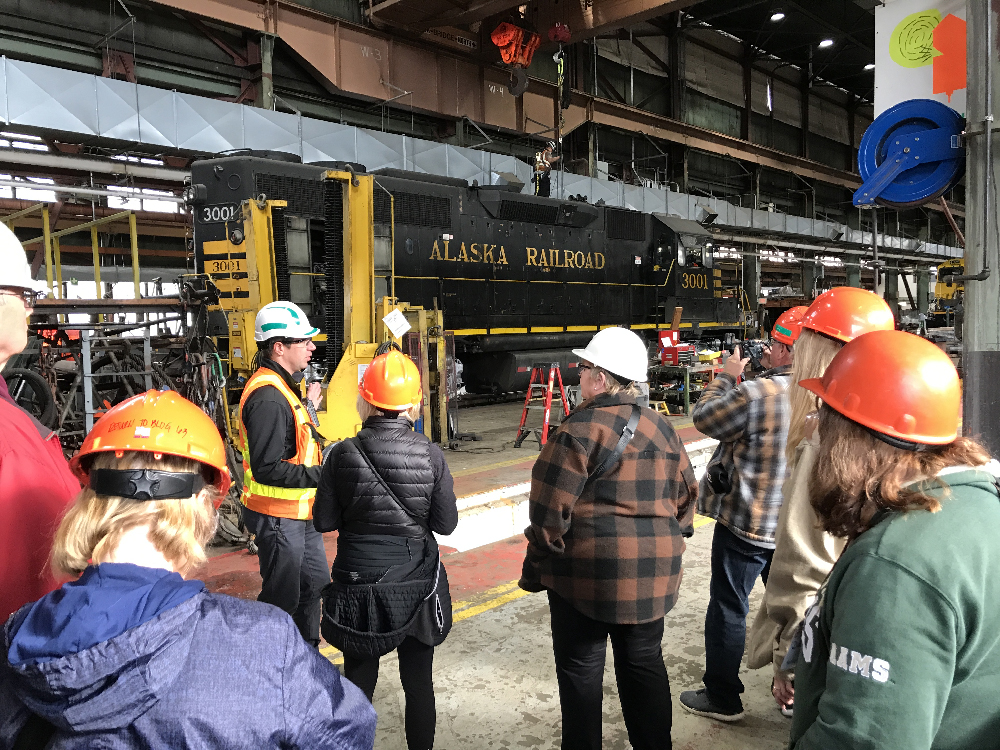
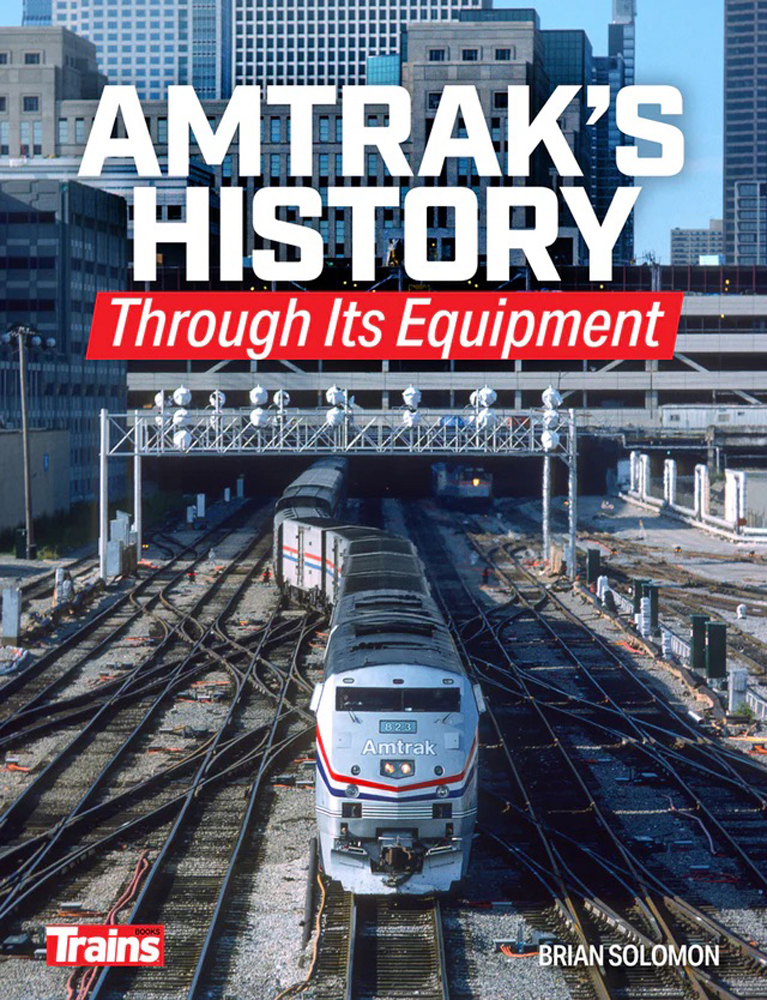
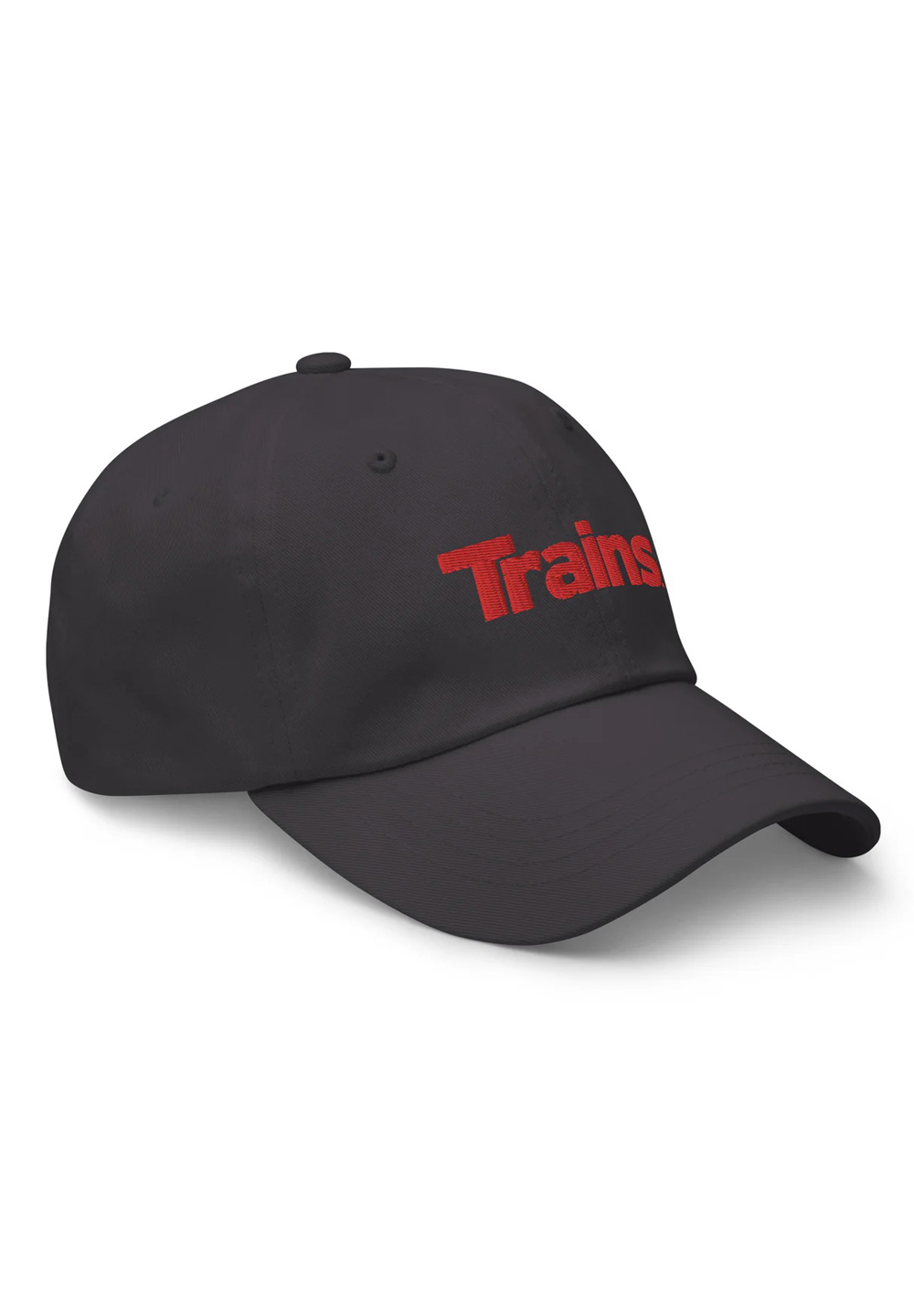
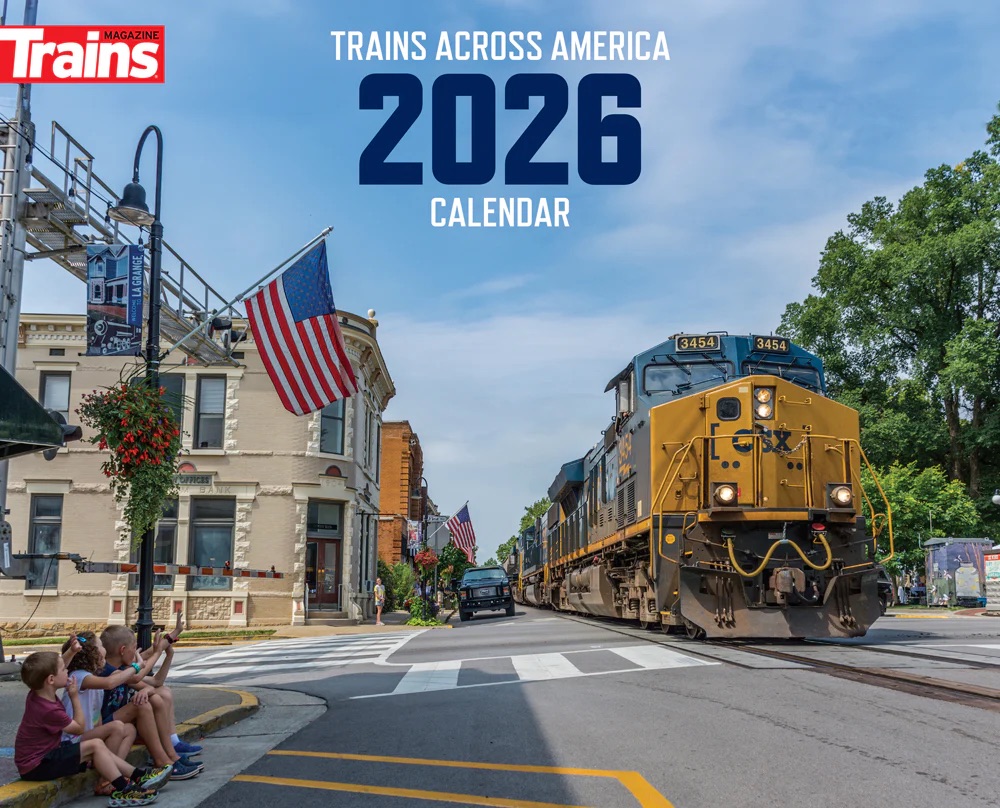
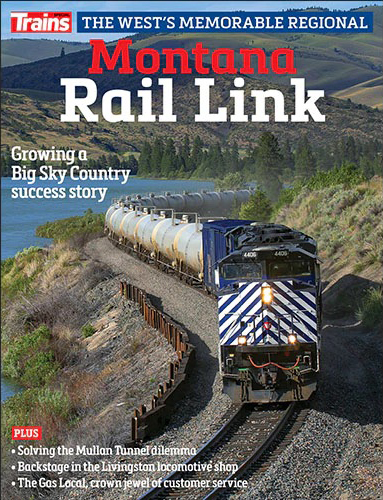
It’s always fascinating to see your opinions and responses to our system here in the UK; and to see how it is reported in the US media.